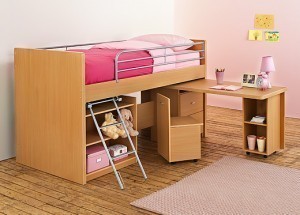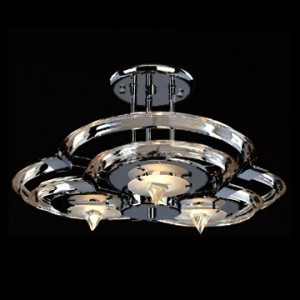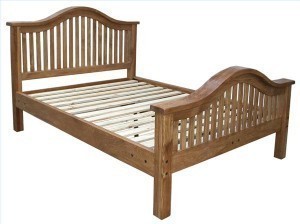Small Single Bed
The size of a small single bed is 2 ft 6" (75 cm) wide and 6 ft 3" (190 cm) long. The regular single bed is 3 ft (90 cm) wide and 6 ft 3" (190 cm) long.
Comparison with the Other Bed Sizes
The small double bed measures 4 ft (120 cm) wide by 6 ft 3" (190 cm) long. The regular double bed is 4 ft 6" (135 cm) wide and 6 ft 3" (190 cm) long. The king size is 5 ft (150 cm) wide and 6 ft 6" (200 cm) long. The super king size is 6 ft (180 cm) wide and 6 ft 6" (200 cm) long.
Why Size is Important
The size of a small single bed is important when you are designing your home. The bed dimensions will determine the amount of furniture you can put in a room. Therefore, it affects the overall look of the place. If space is limited, the small single bed will be an ideal option. Keep in mind that in the United States, sizes are almost always given in inches.
Single bed dimensions in the US are 39 x 75 inches. There are also longer single beds available. These longer beds are 80 inches long.
Benefits of the Small Single Bed
The small single bed is suitable for petite individuals and small children. If you are shopping for a small size, there are beds that measure 36 x 75 inches. There are also some small single beds with rails. These are designed for toddlers so they do not fall off the bed. 
Variations
Both small single bed and regular single bed dimensions may vary among countries. As a rule, the single beds in the US are the biggest. Those beds made in Continental Europe and South America are smaller.
The single beds in the UK and Australia are sized somewhere in between the US and European beds. If you are buying online or from another country, keep these in mind.
Odd Sizes
In some cases, manufacturers may produce single beds with dimensions different from the ones indicated here. However, the size will usually be stated in the product description. Just to be sure, examine the bed before buying it.
The size of a small single bed is only one aspect you should look at. The materials used have to be assessed as well. More often than not it is the material that will spell the difference in price.





